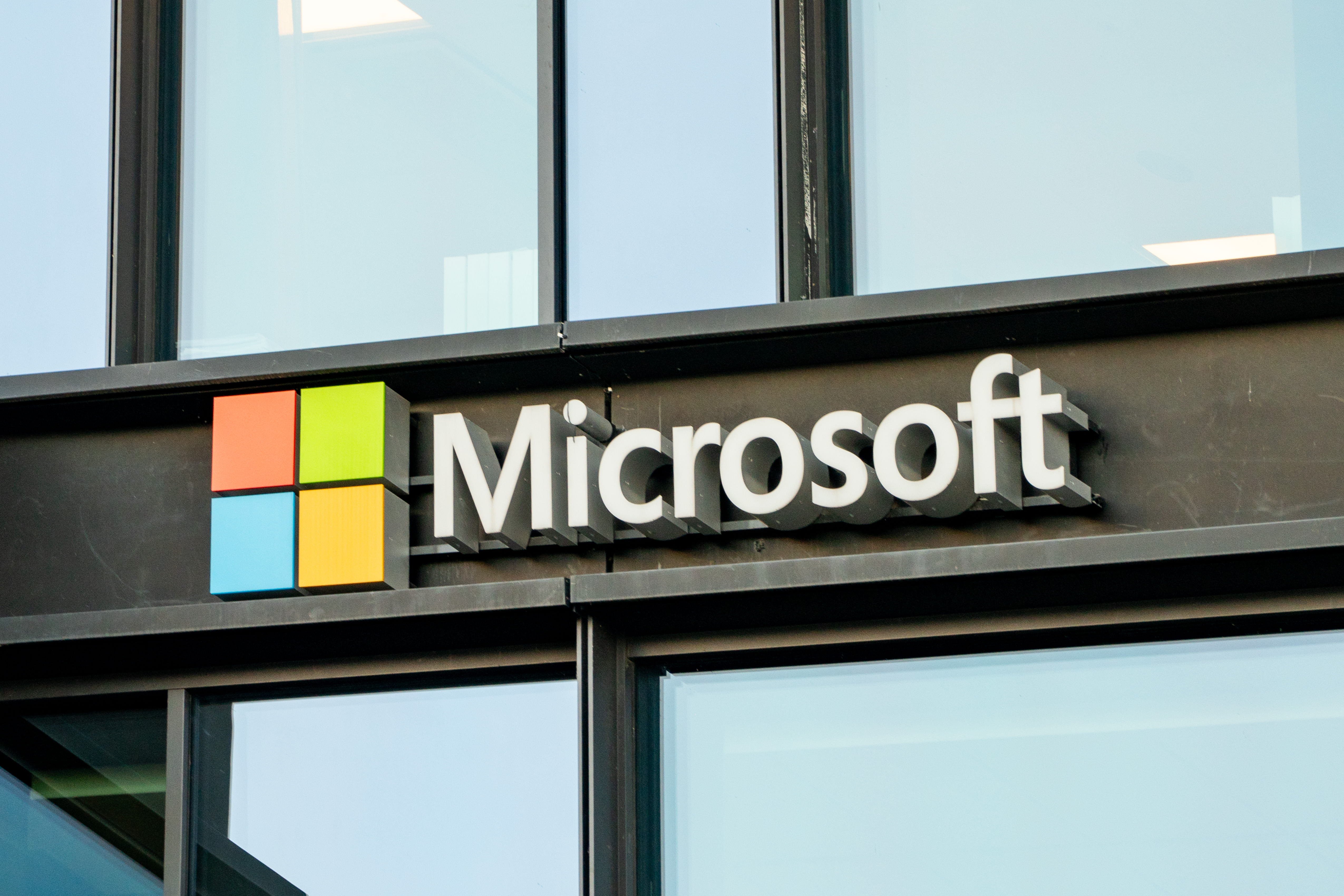
The Drive for AI
One of the big themes dominating ISTELive 2024 was artificial intelligence. To be more specific, companies made strides to implement AI into their existing offerings to help make the end experience more intuitive, seamless, and helpful.
I had the privilege of speaking with Paige Johnson, Microsoft’s VP of Education Marketing, about the tech giant’s ISTELive offerings, what they would be providing to users in the near future, and Microsoft’s vision for the future serving users in the educational space.
“In our Microsoft 365 and Copilot offerings, we have more generic productivity tools that can help educators and school leaders become more efficient and effective,” Johnson said. “With that, across all of our academic skews, both paid and free, they get data protection and copyright protection from our company. That’s part of our corporate social responsibility and commitment to serving education customers.”
And, of course, we can’t forget about AI.
“Specifically, in our education offers, we have taken advantage and built some of those new AI features into products like Reading Coach and Reading Progress so that students and teachers can take advantage of the generative AI tools on Chat GPT4 that are built into our Microsoft platform and really improve engagement, personalization and personal productivity,” she said.
AI Adaptation in the Classroom
Educational spaces have been bombarded with new AI offerings over the past year. Some of the conversation around these AI products has been the ease with which teachers and students can adopt using these tools. Johnson explained how using platforms such as Microsoft Copilot can be intuitive and simple if you know what to ask.
“I think there are some tools that require learning some prompt engineering,” Johnson said. “Microsoft Copilot, as an example, you have to know how to ask the right question to get back what you need, and it takes a bit to learn how to do that. We offer free training courses to help support that. When you look at the generative AI tools getting built into Microsoft’s learning products or our education technology companies learning products like PowerSchool, a lot of that barrier is reduced because those prompts are built into the use case. Instead of creating a drag on productivity, what you see is it makes it a lot easier for teachers to use those tools.”
Rather than letting teachers figure out how to use their products on the fly, Microsoft is making it easier to bring these tools into the classroom, smoothing the AI integration path for teachers.
An Enhanced Focus on Security
Security and AI go hand-in-hand when it comes to talking about the impact on students and teachers in the classroom. Specifically, AI tools raise questions about data safety, privacy, and more.
“I think that there’s three topics when you’re talking about this area,” she said. “The first is data privacy, which is a portion of security, but it is not all of security. That’s part of the benefits you get with our offerings. The second one is an IT story around data governance. As institutions start to use AI more in their environment, especially if they’re leveraging AI tools to build some of their own things, data governance becomes even more important. The third one is foundational IT security. How do you make sure that, across your platform, you are thinking about a zero trust environment? One of the benefits of working within the Microsoft platform is that a lot of that is baked into all of our systems. We’ve thought deeply about when you are using our productivity tools, how do we make sure that you have good data protection. We have tools for IT teams to set up that data governance across our products. And then we have back end security tools like Sentinel and Defender to help secure your IT from end to end.”
Does Digital Citizenship Create Digital Disconnect?
With students using more devices connected to the internet, digital citizenship continues to be a critical component of education. Johnson elaborated on the nuances surrounding the subject.
“I don’t think [students] separate their physical lives from their digital lives, but I do think that what [digital citizenship refers to] are a few different things,” she said. “One is around thoughtful and effective use of technology with kids across their time at home and at school. I do think that as AI comes into fruition, having meaningful conversations with leaders, policymakers, and parents, about what that looks like is important. Microsoft is deeply invested in those conversations and thinking about what is responsible AI use for a student. I would say it’s really important to understand how quickly AI skills are starting to get defined in the workplace. Because even a student who wants to do something after school may have to have some prompt skills or understand responsible use of AI in that category.”
Microsoft clearly has the educational present in mind when it comes to integrating students and teachers into AI use, but not without shirking the growing responsibility to prepare students for a professional future with AI as well. With the new updates to Microsoft’s suite of programs, teachers will have even more flexibility when it comes to crafting lesson plans, assessing student answers and behavior, and reestablishing meaningful connections within the classroom.
Related:







